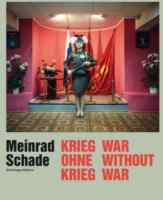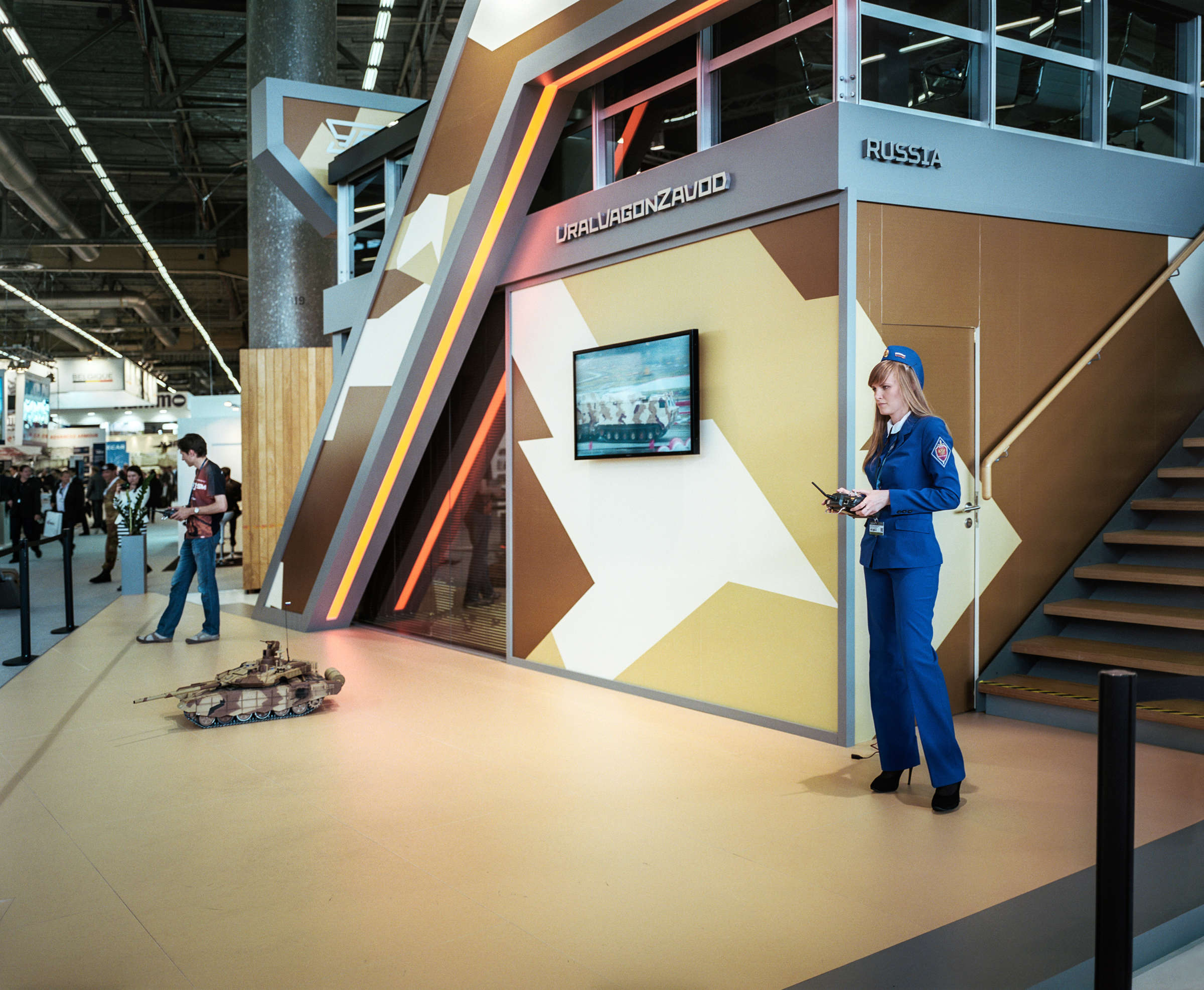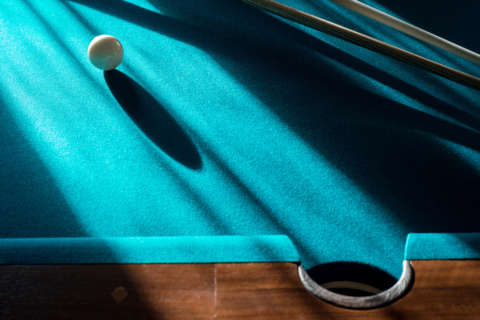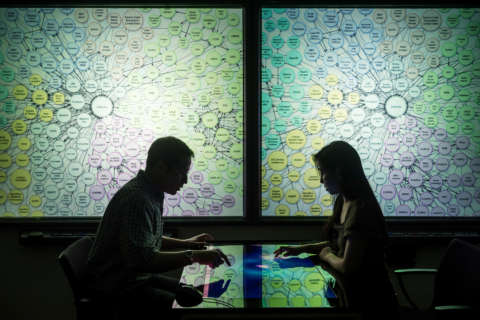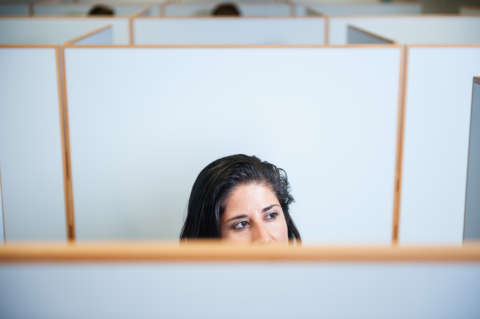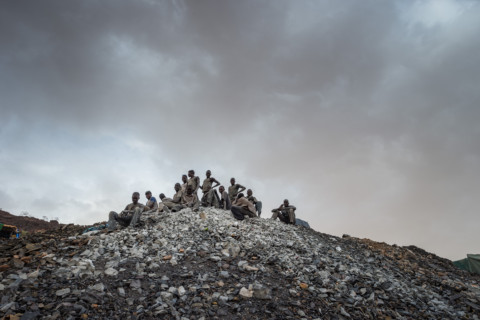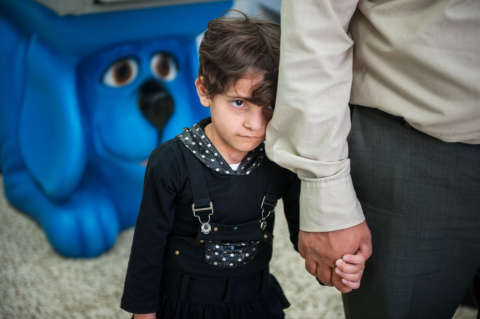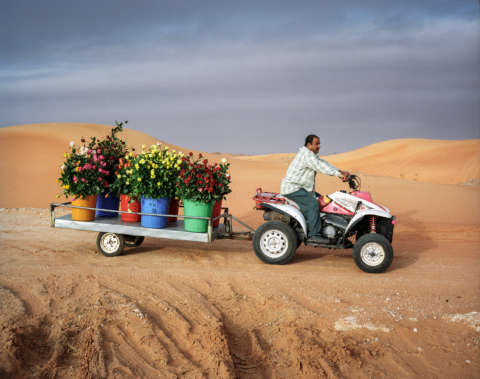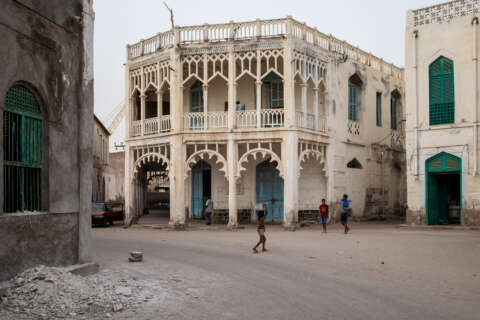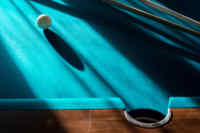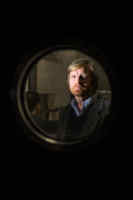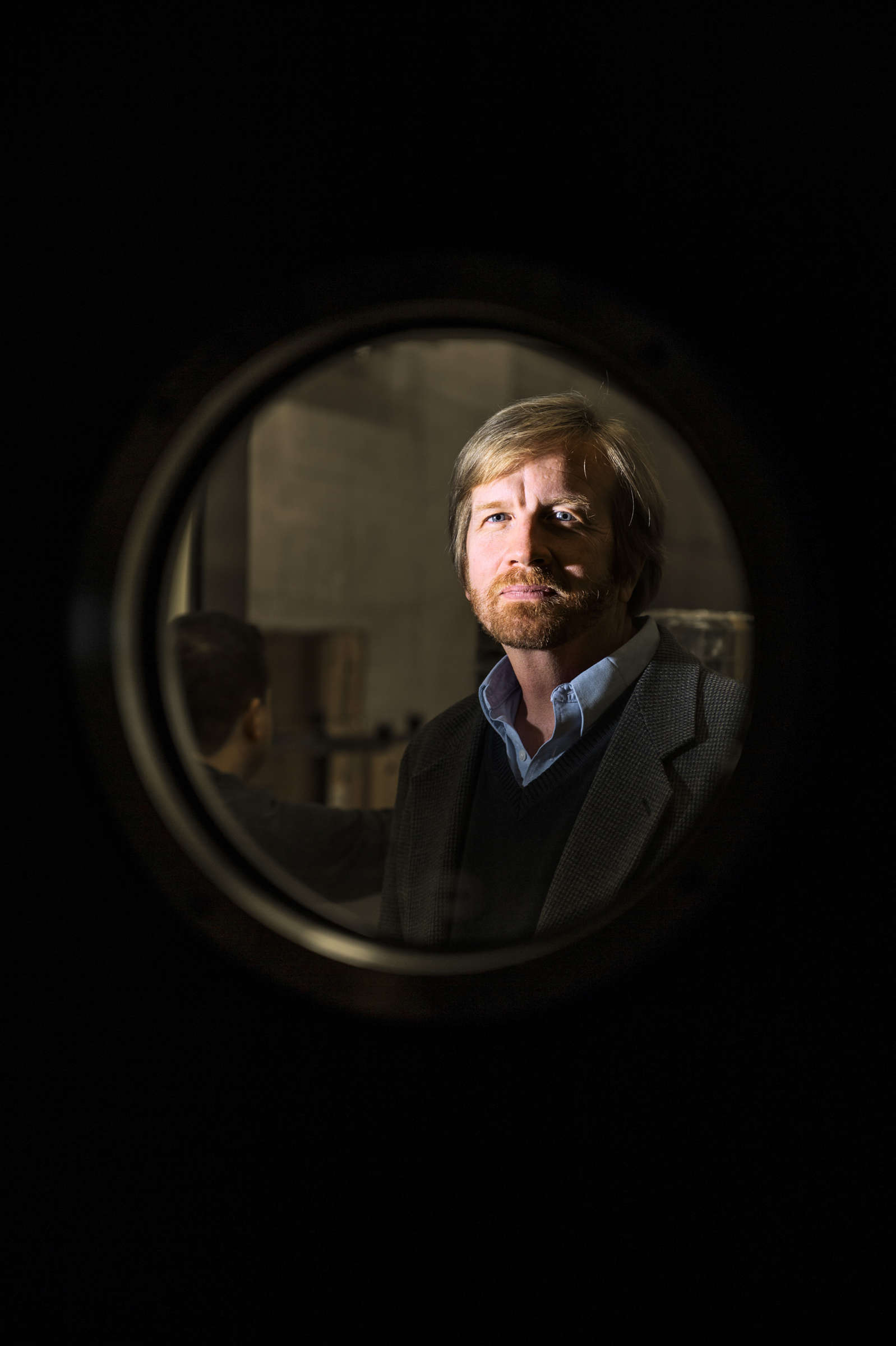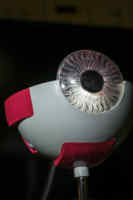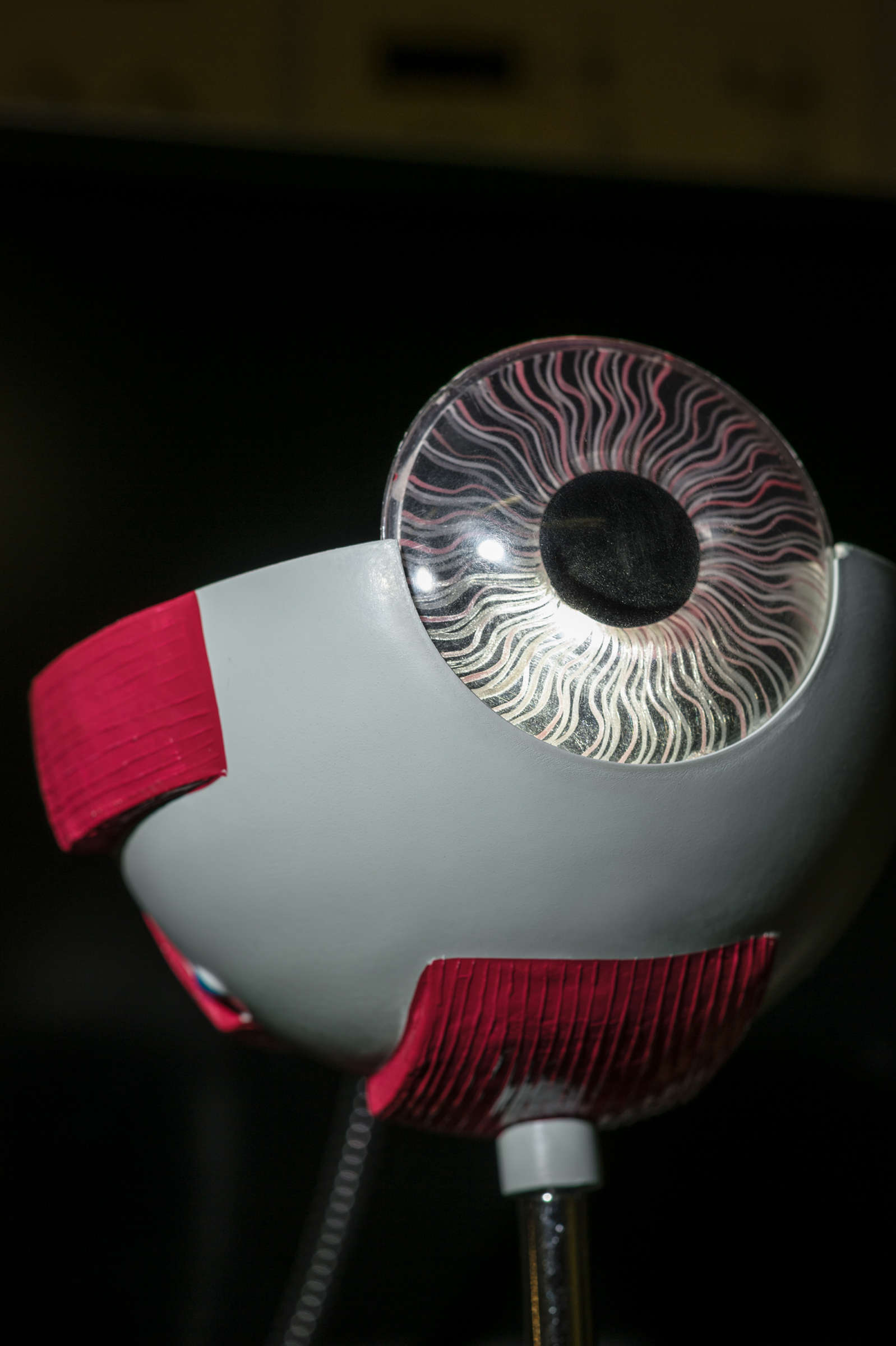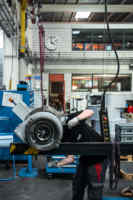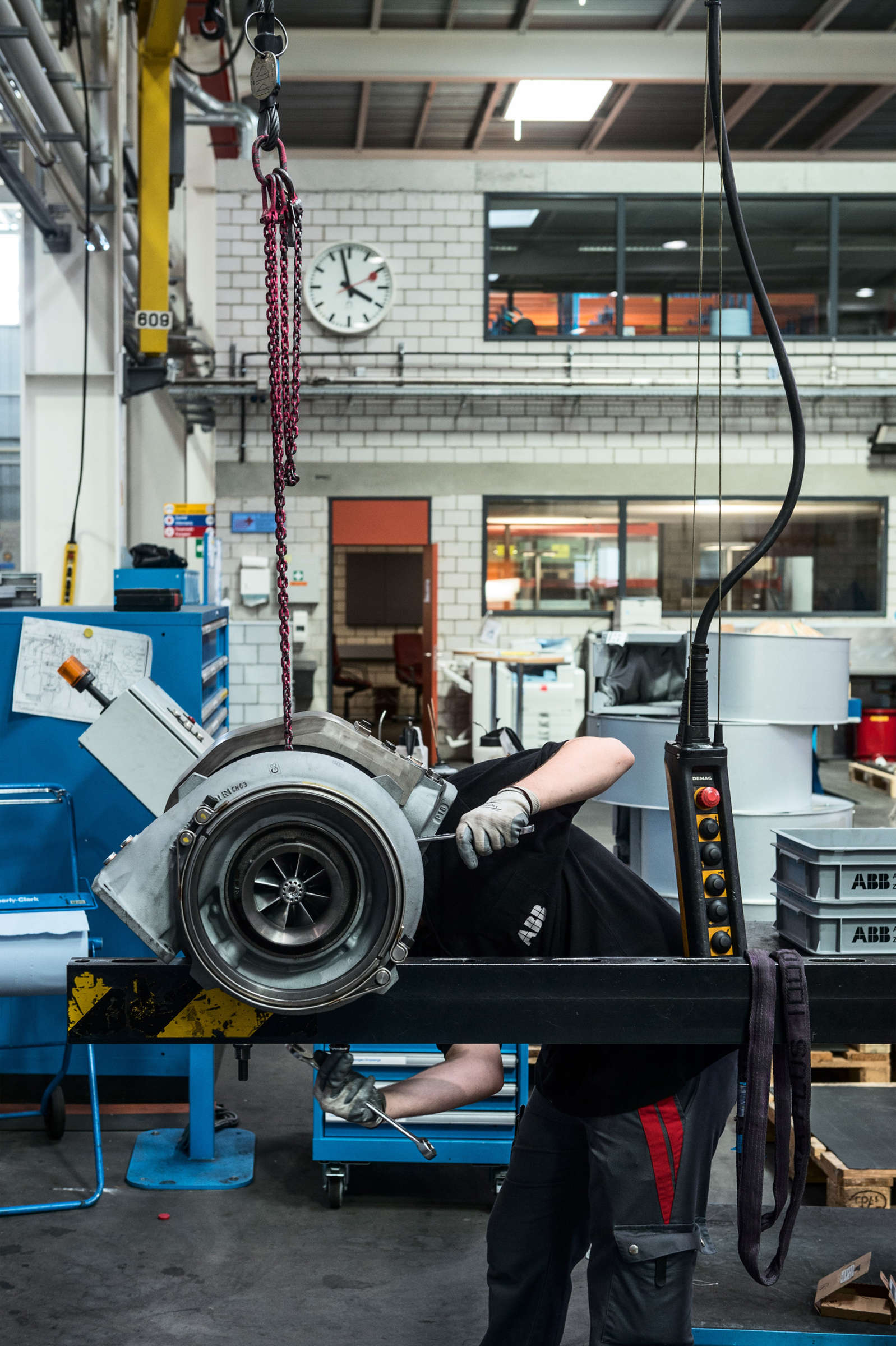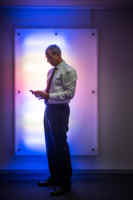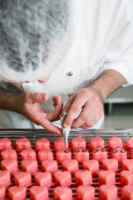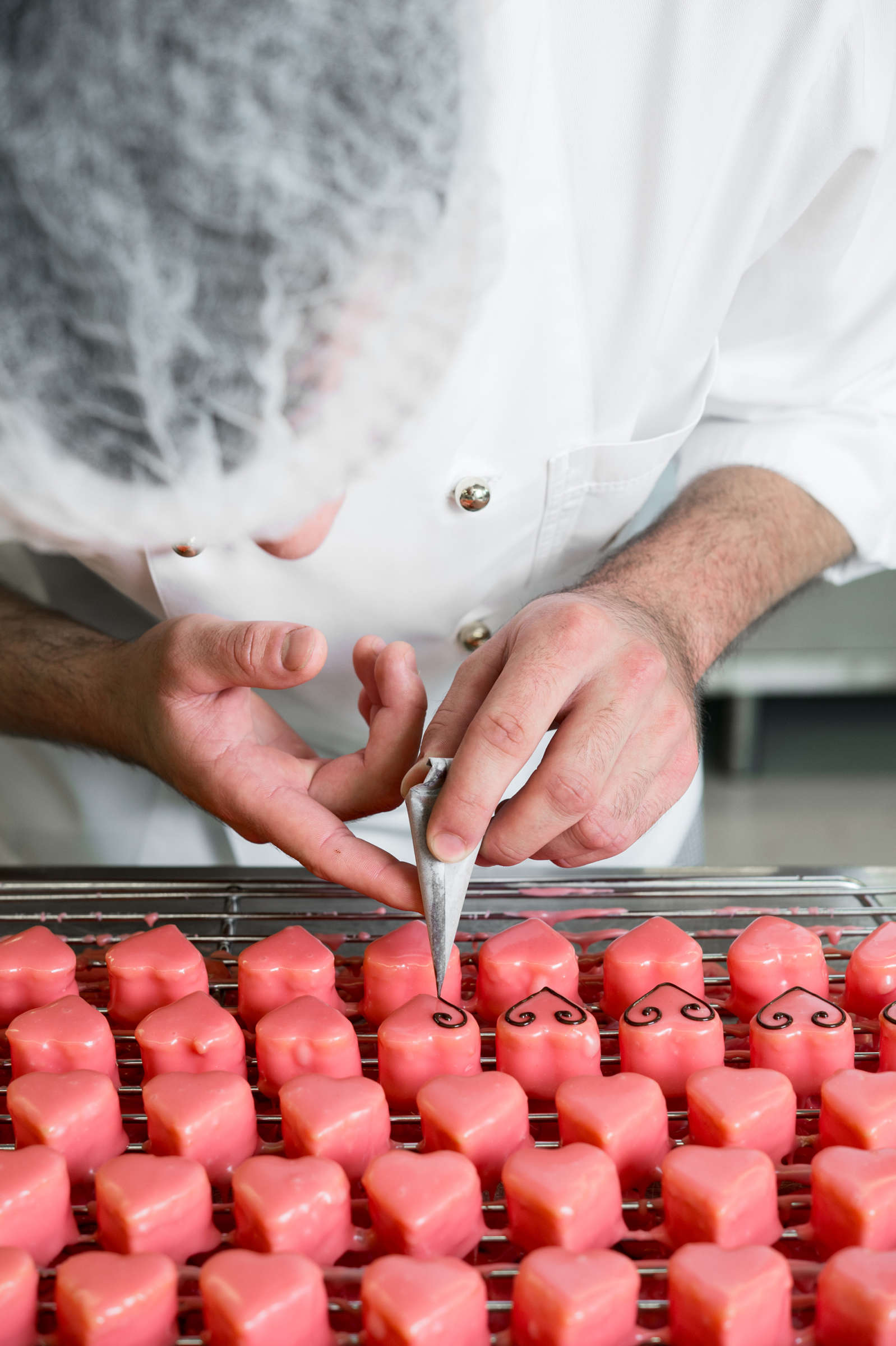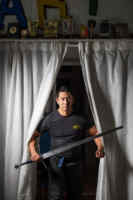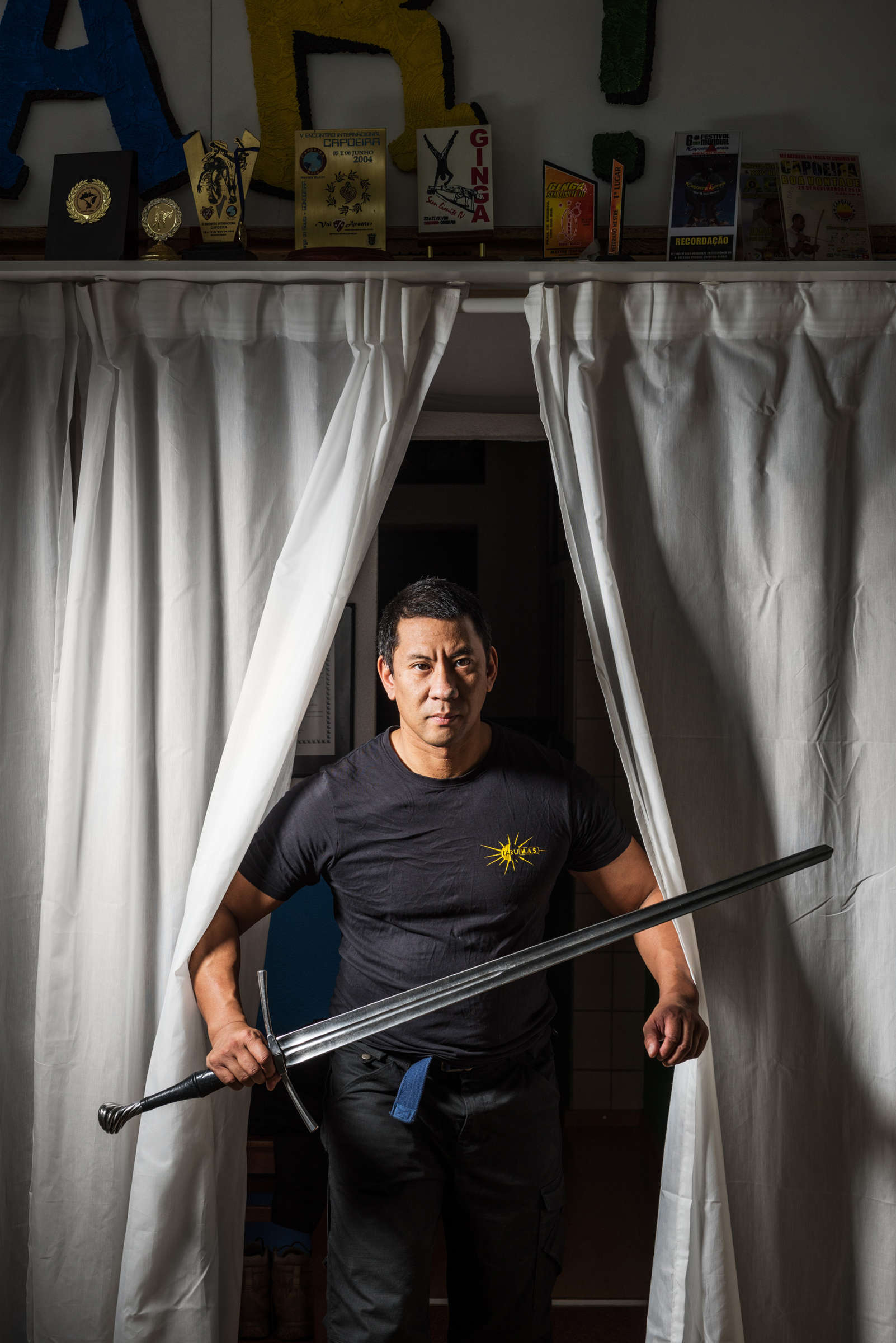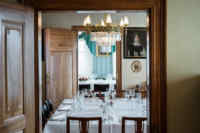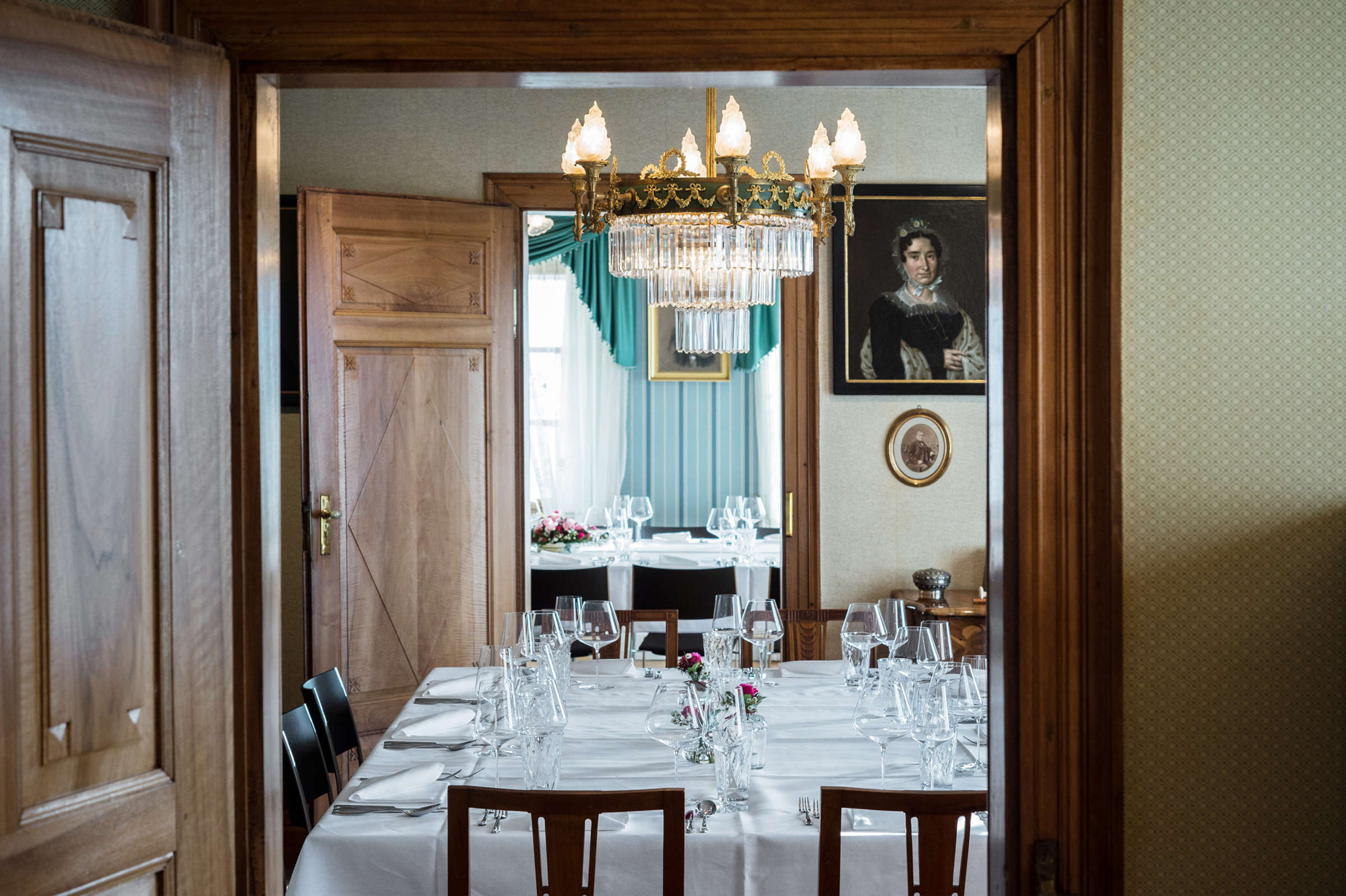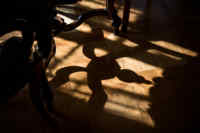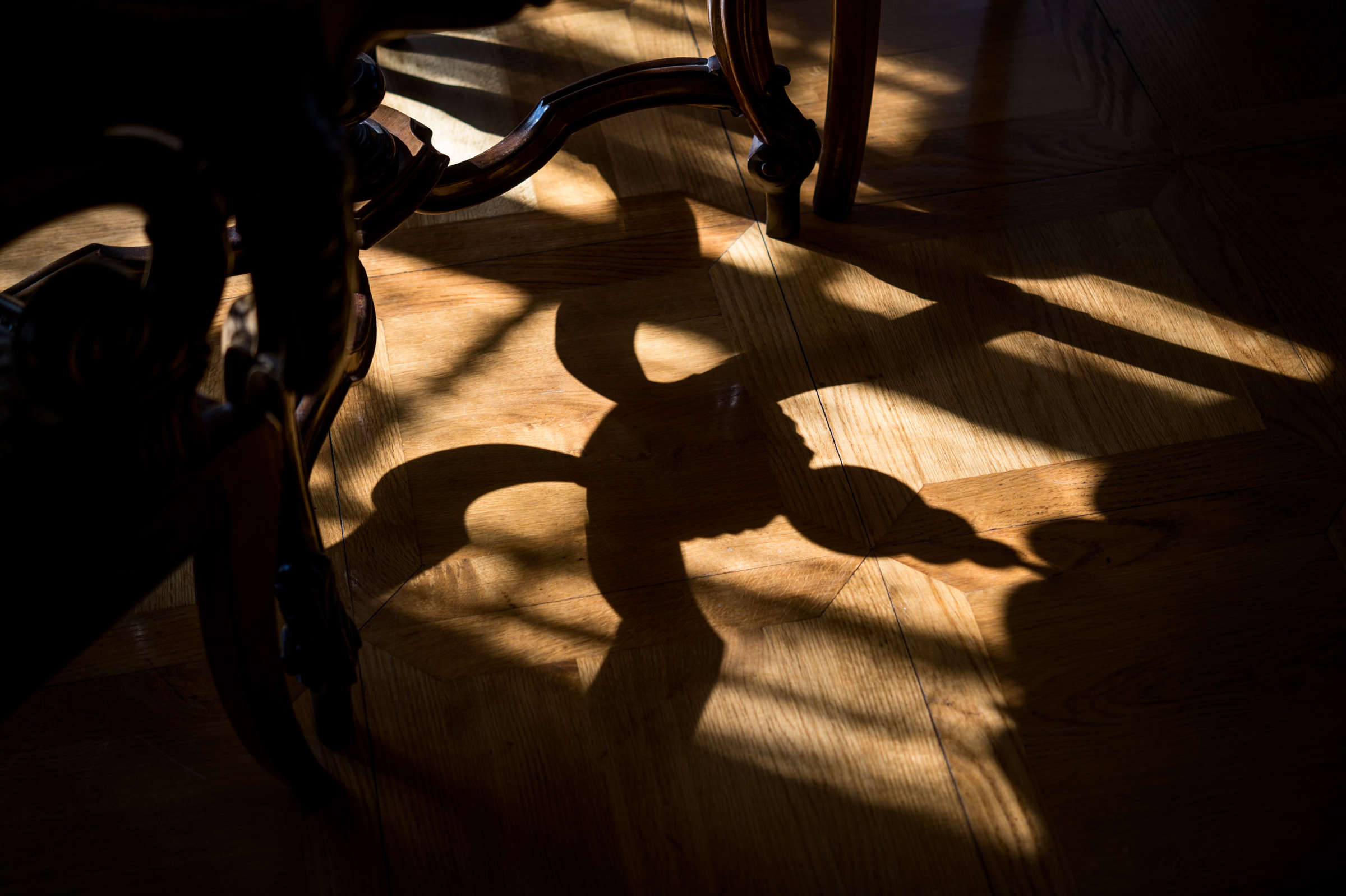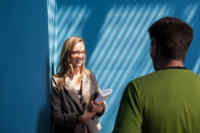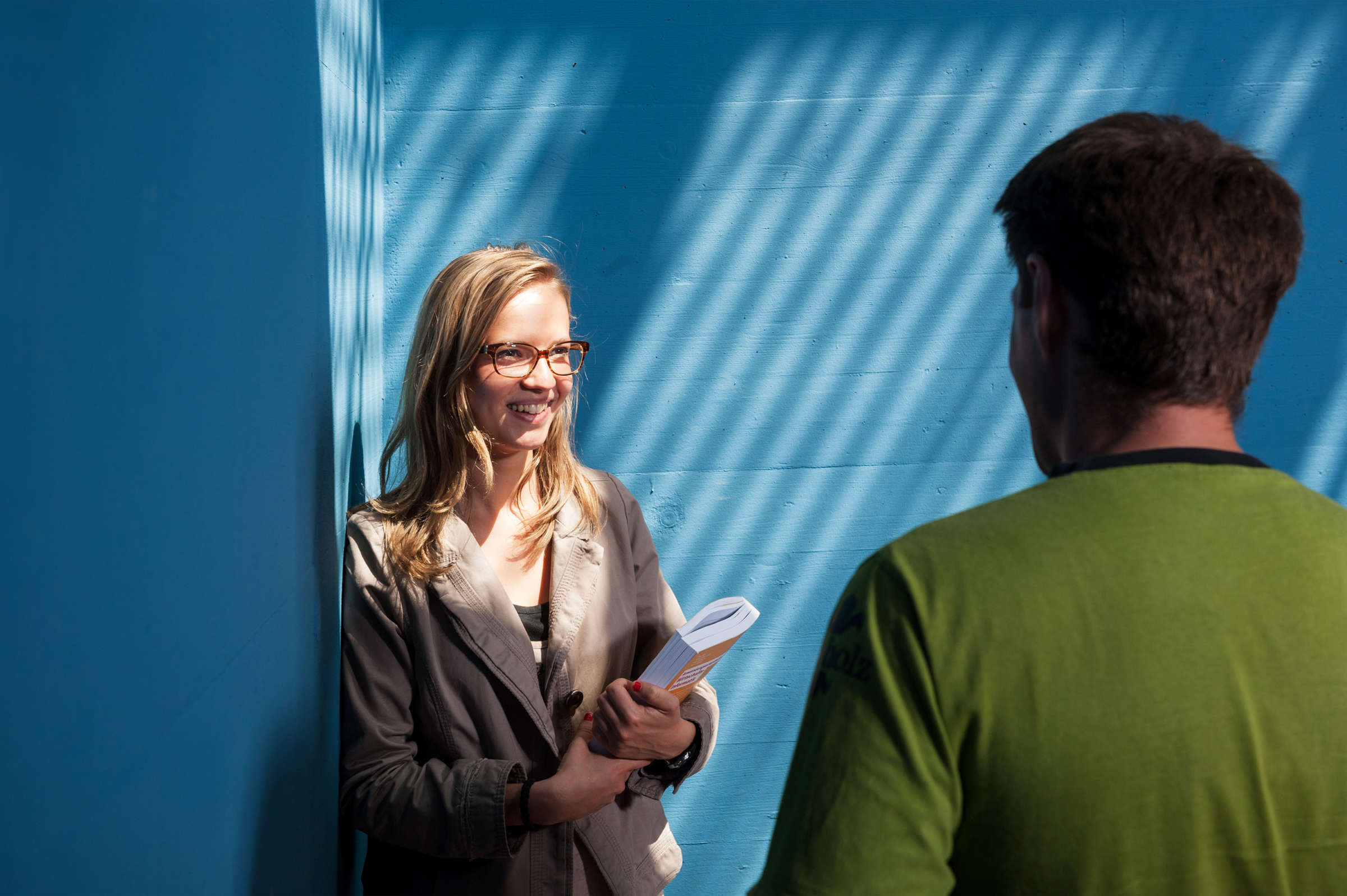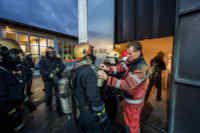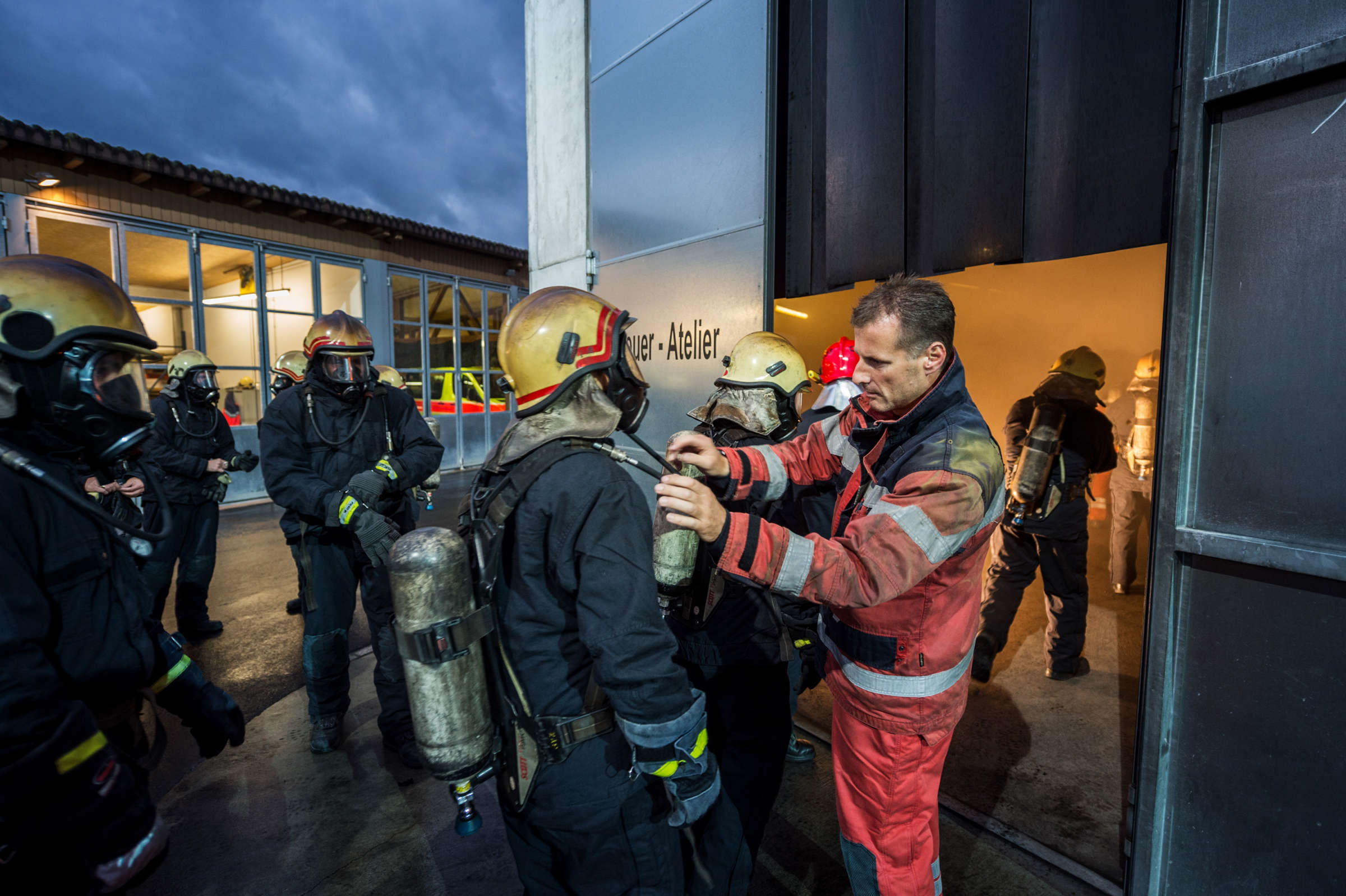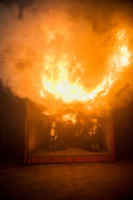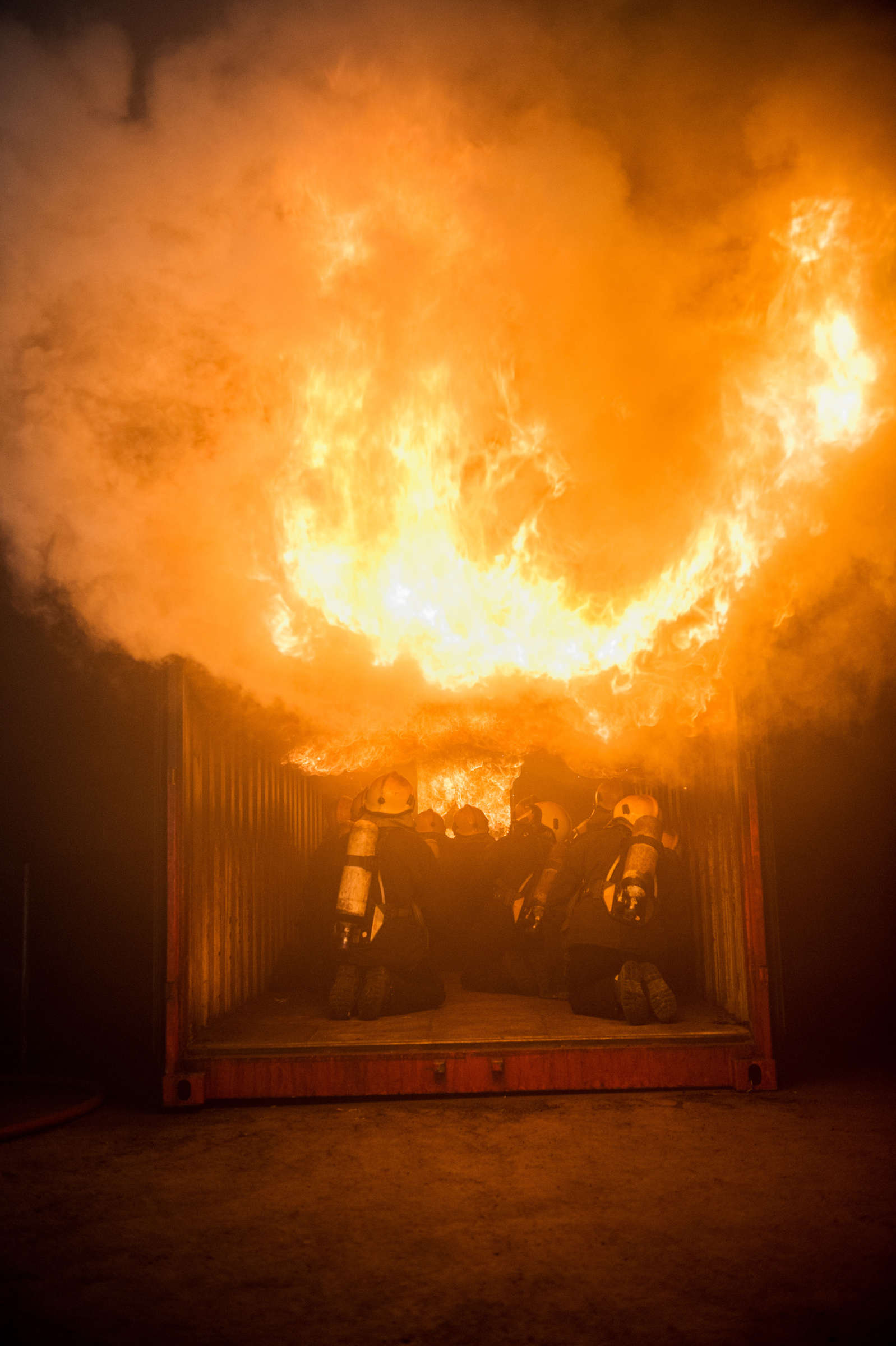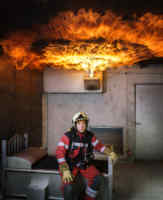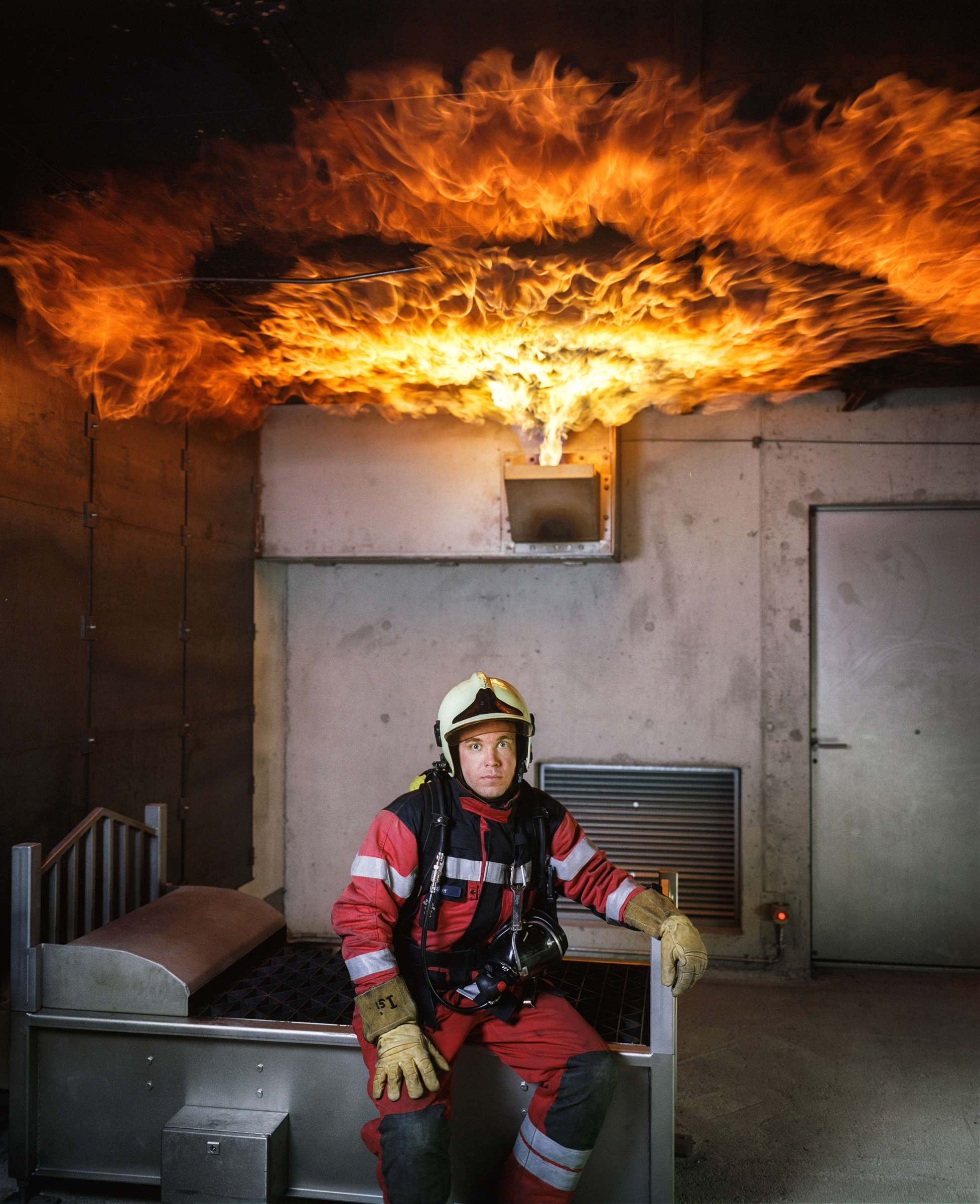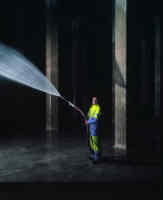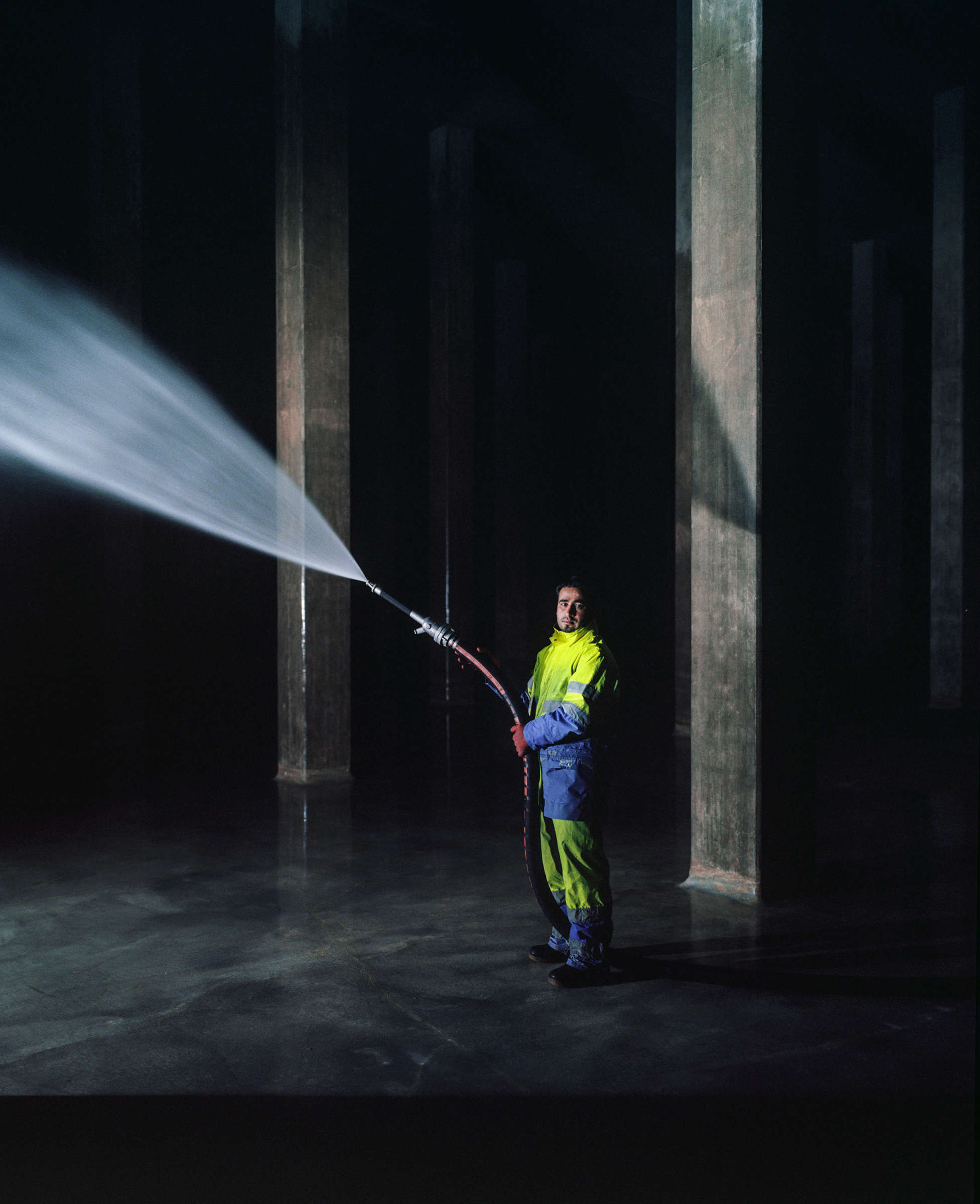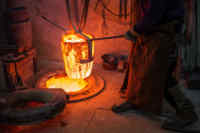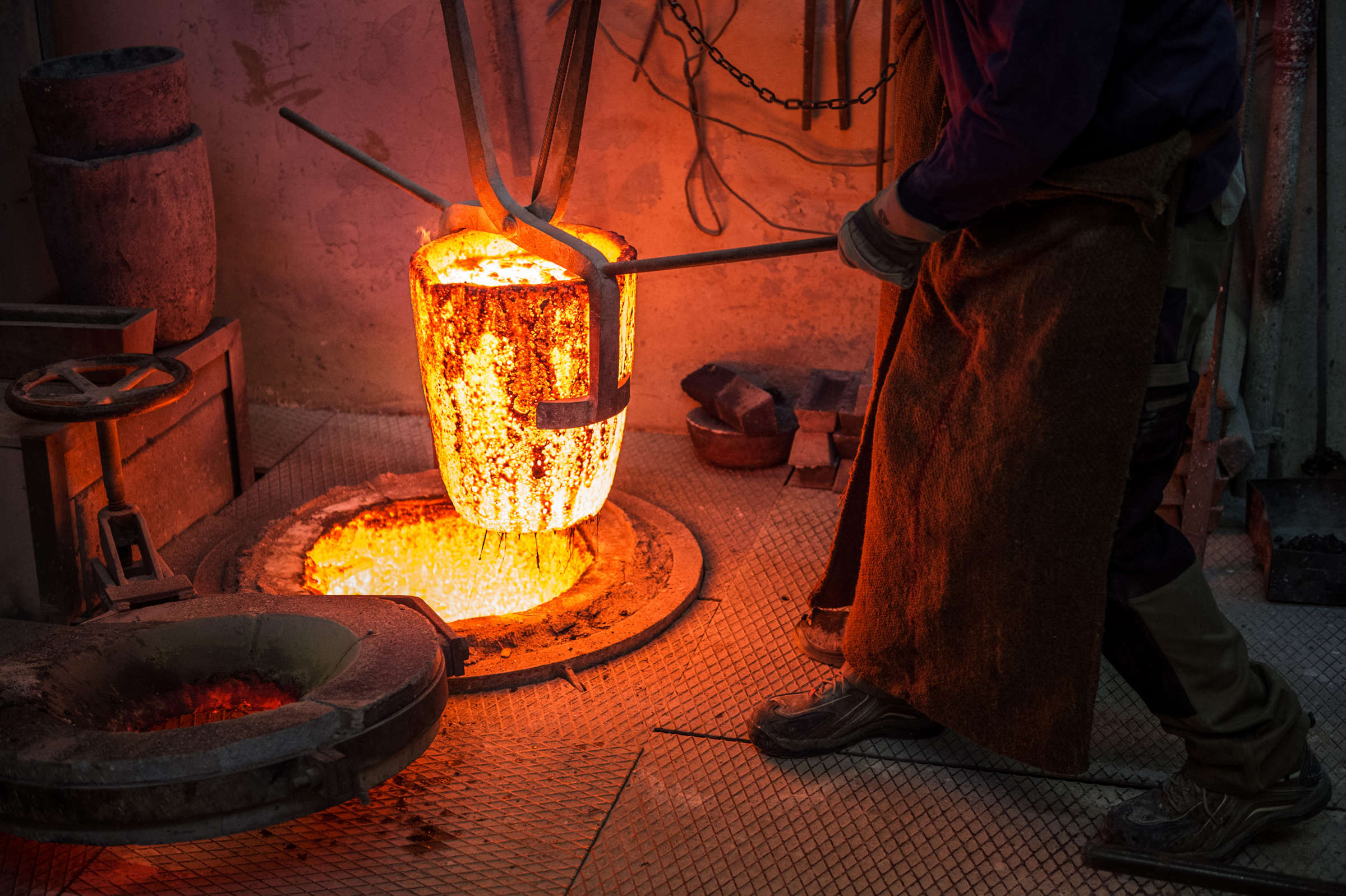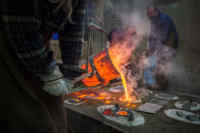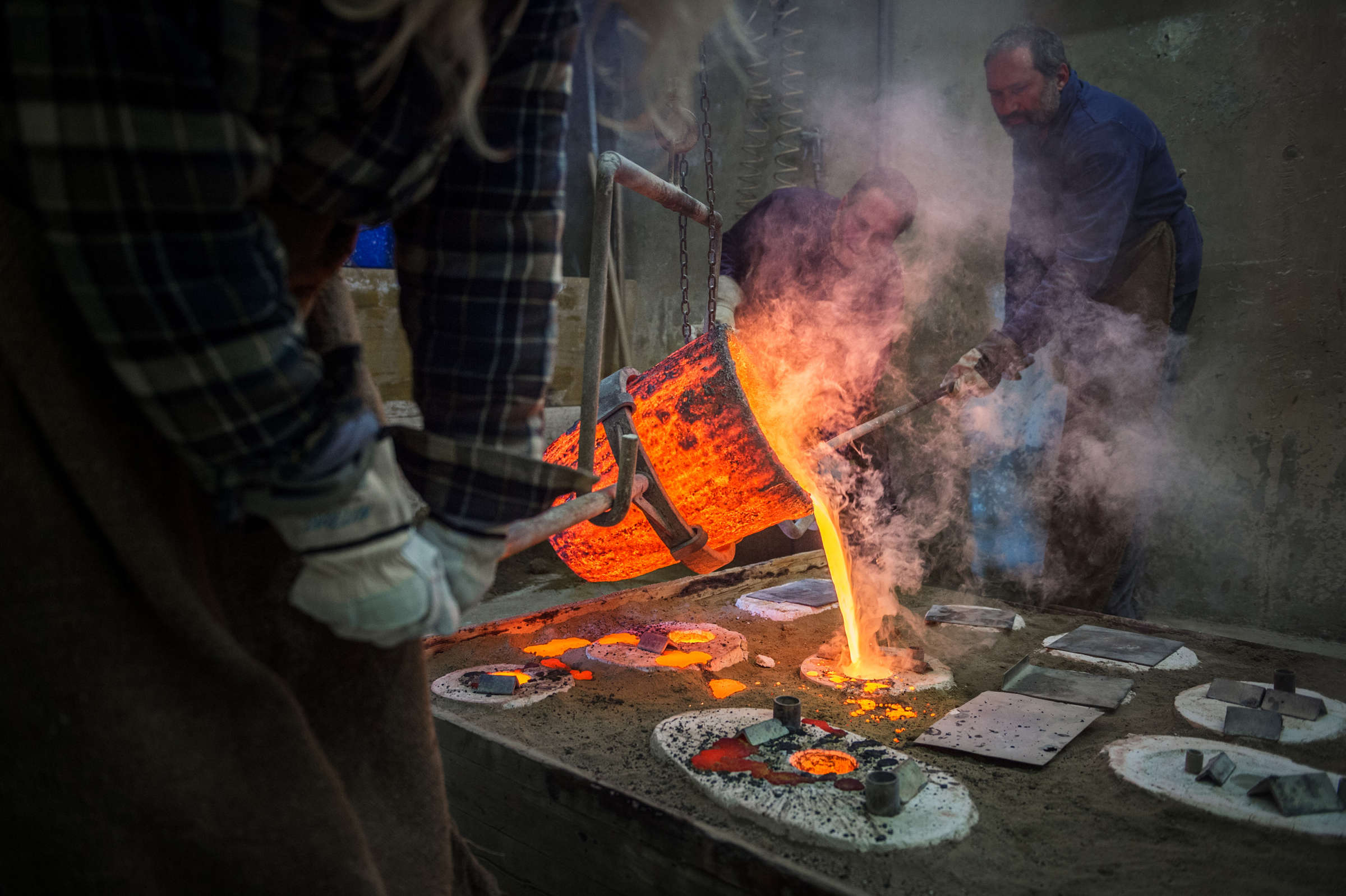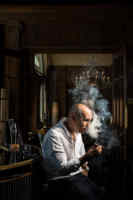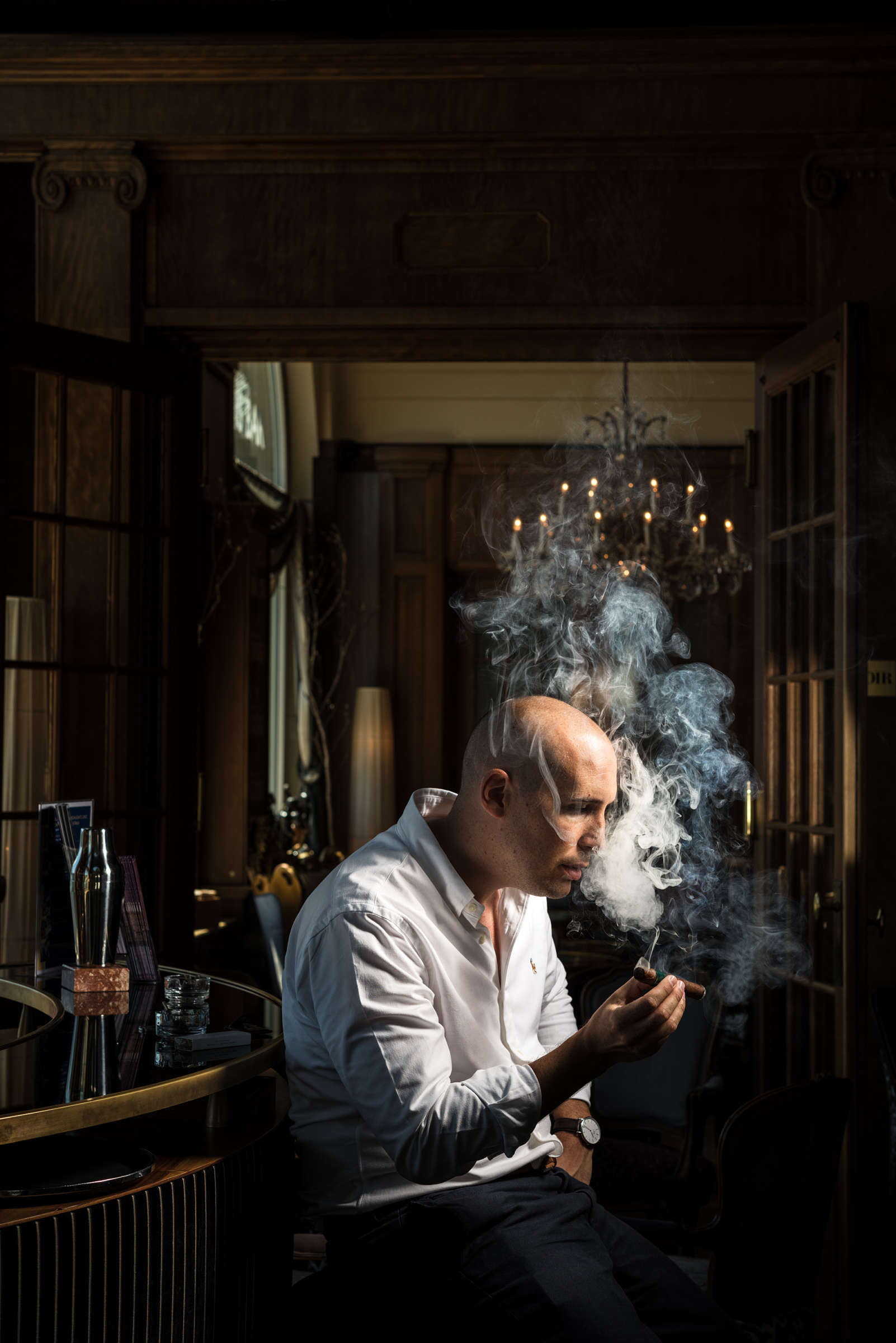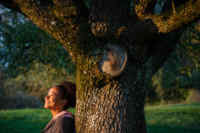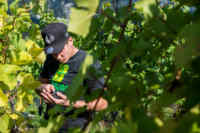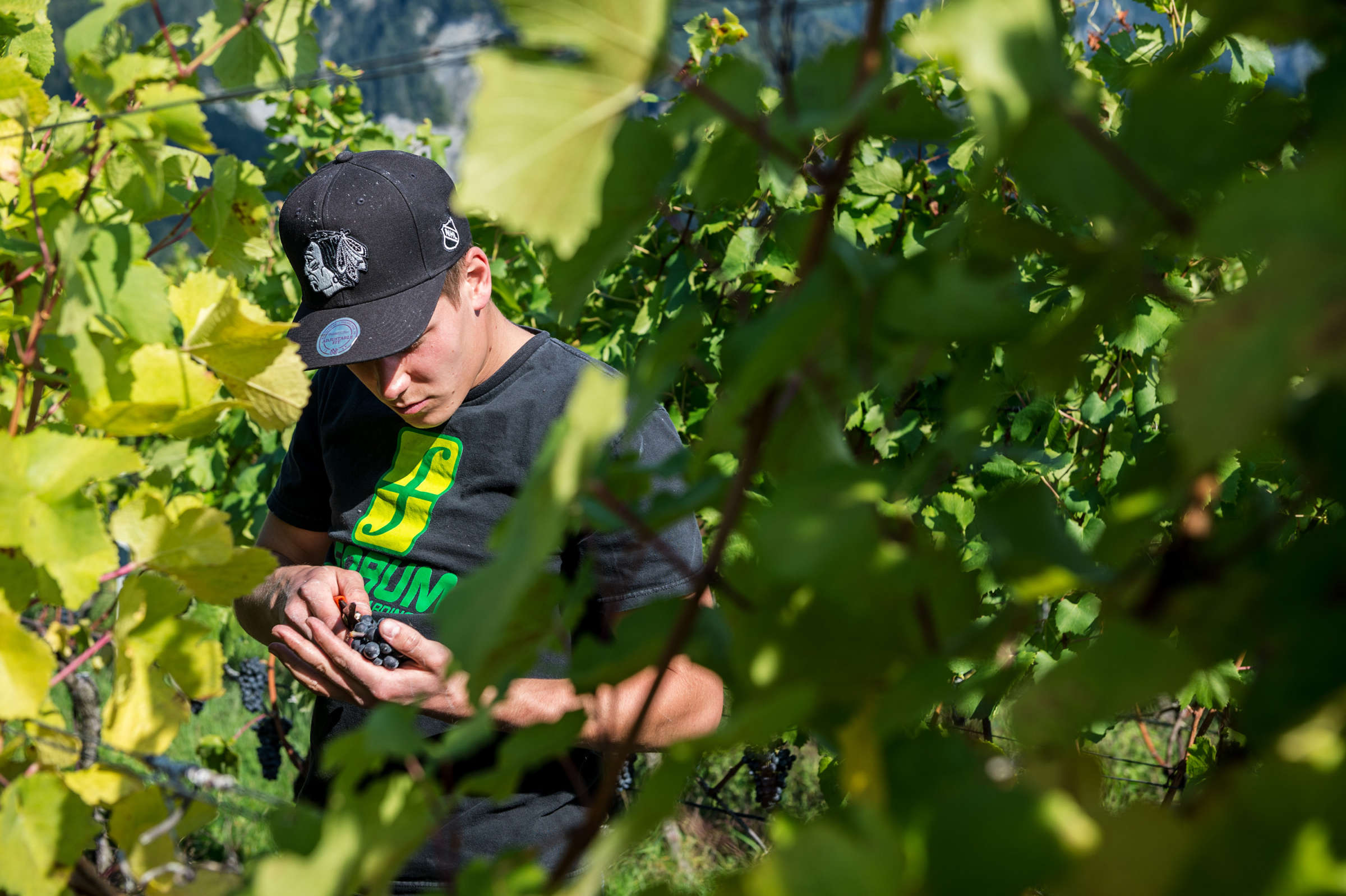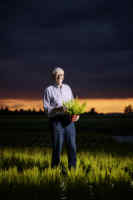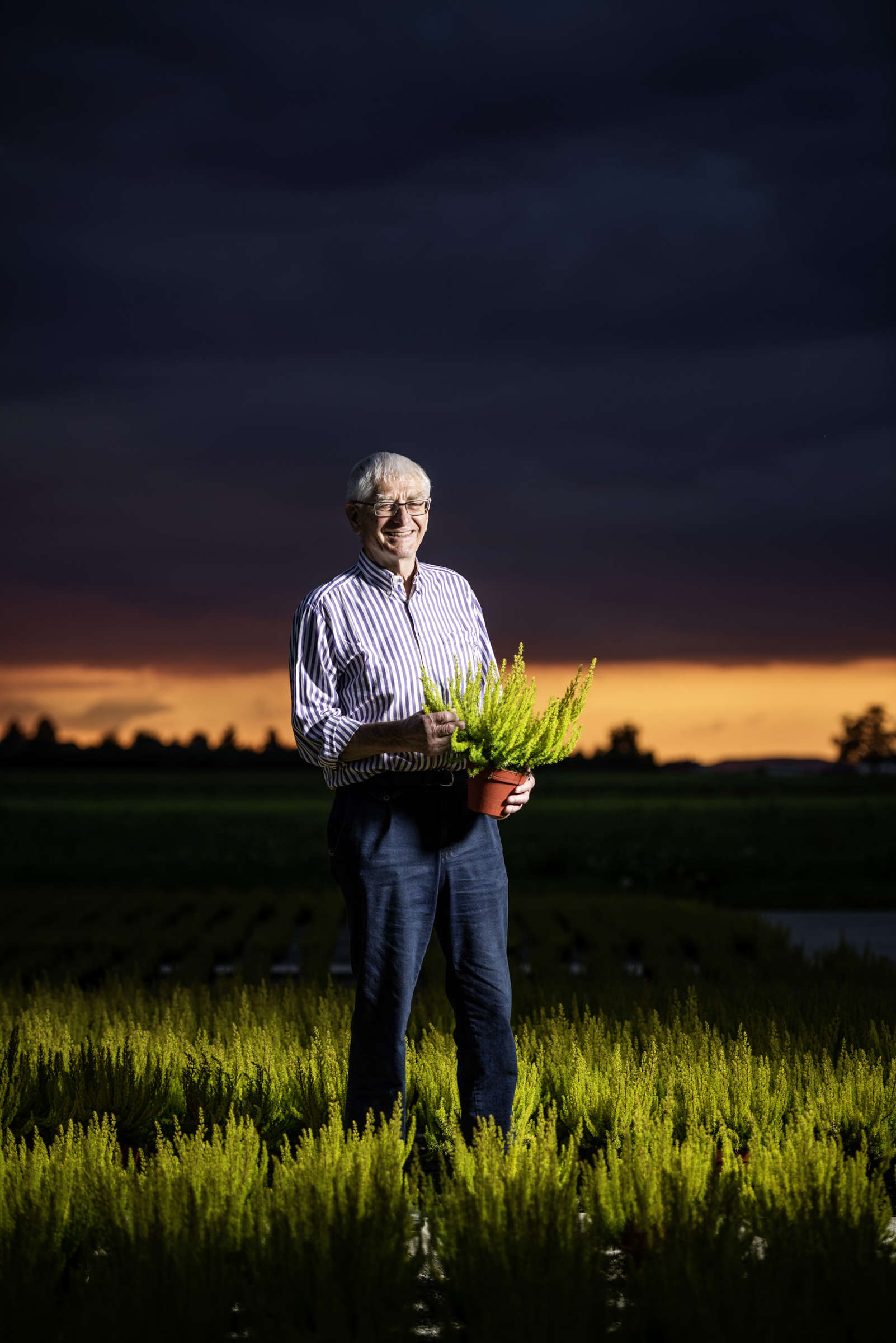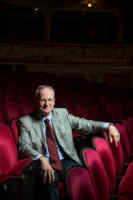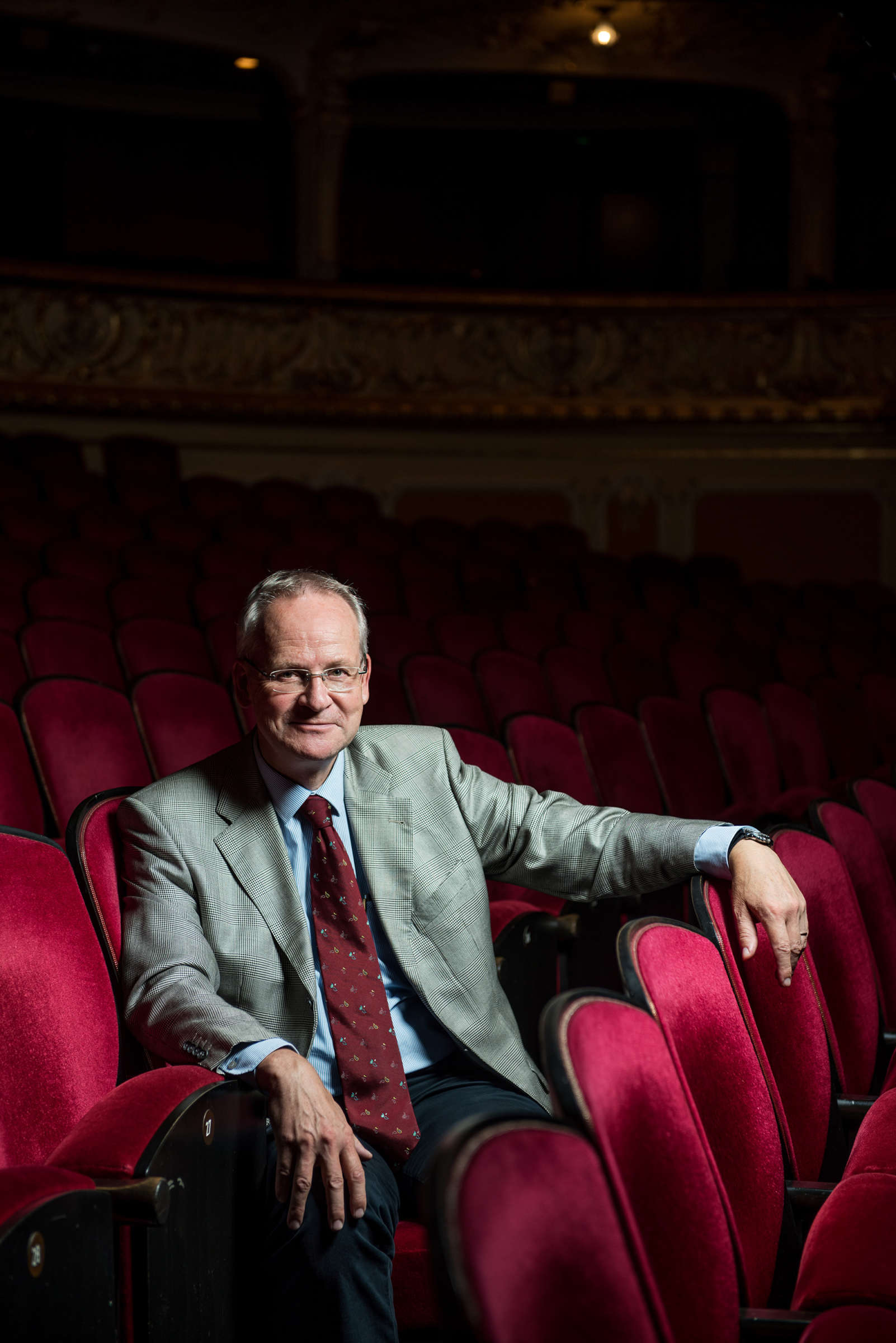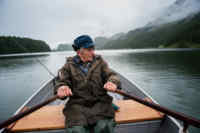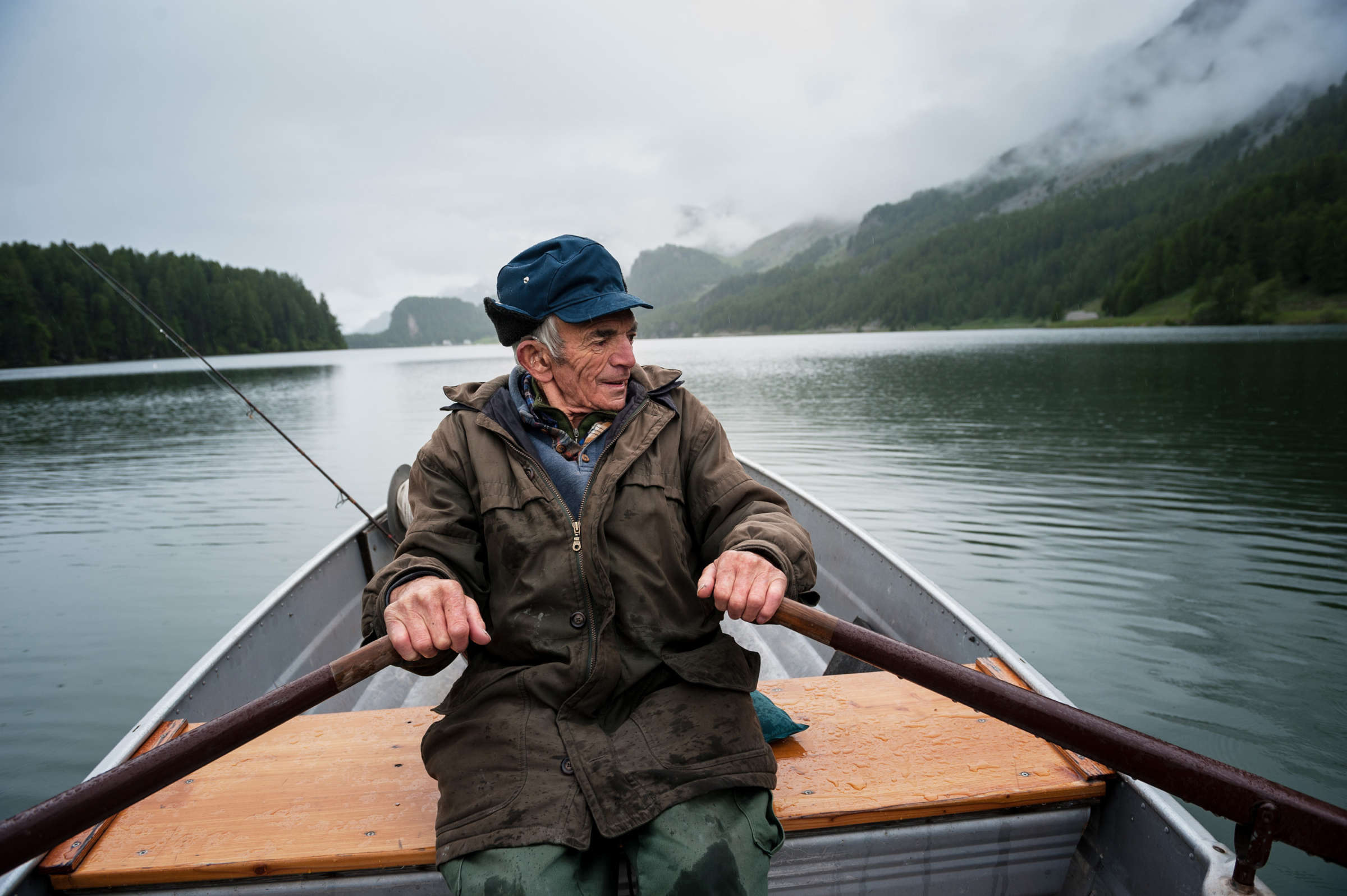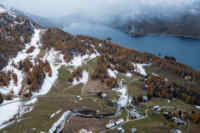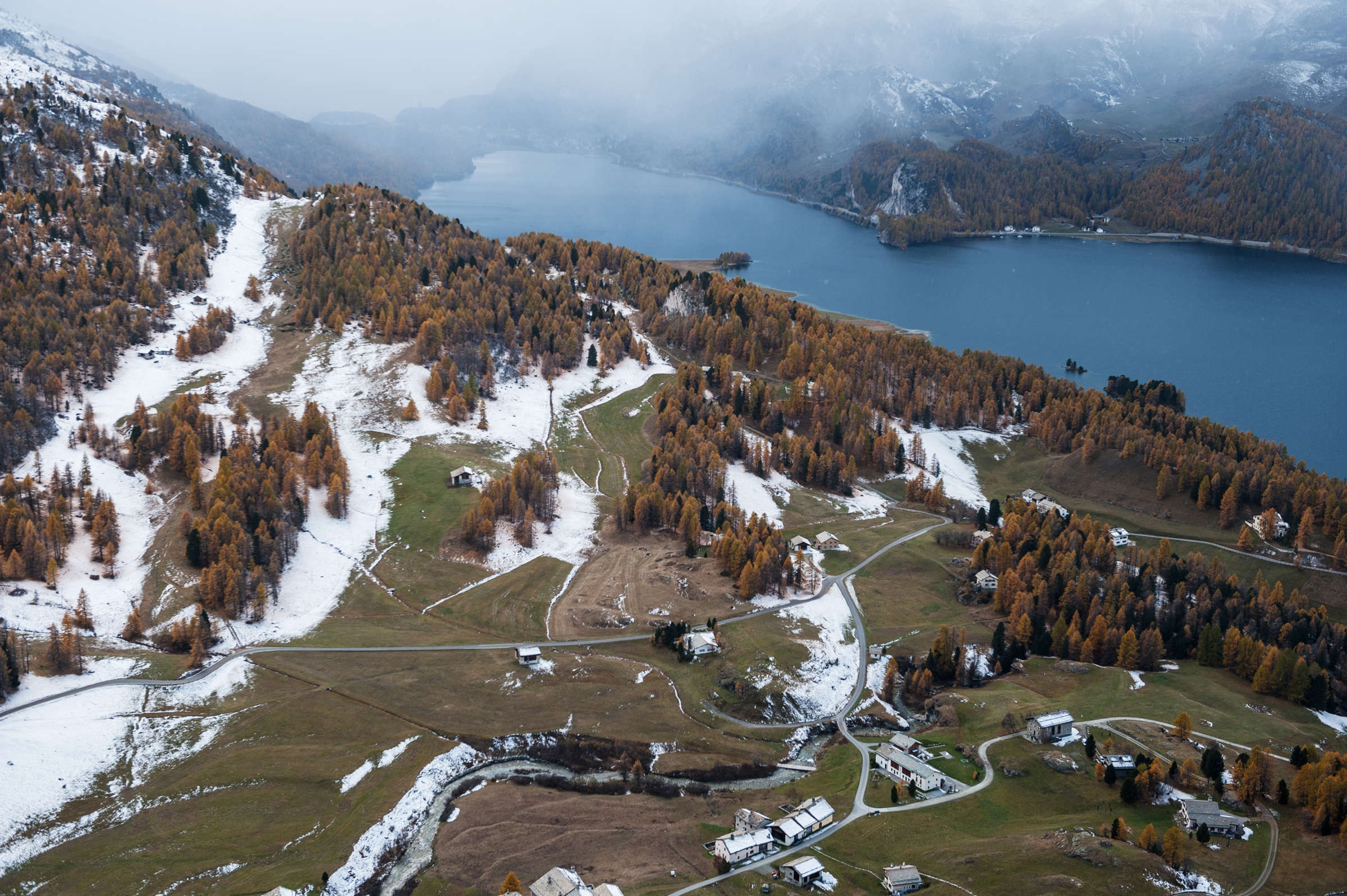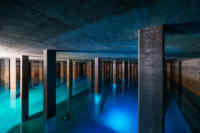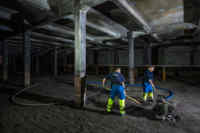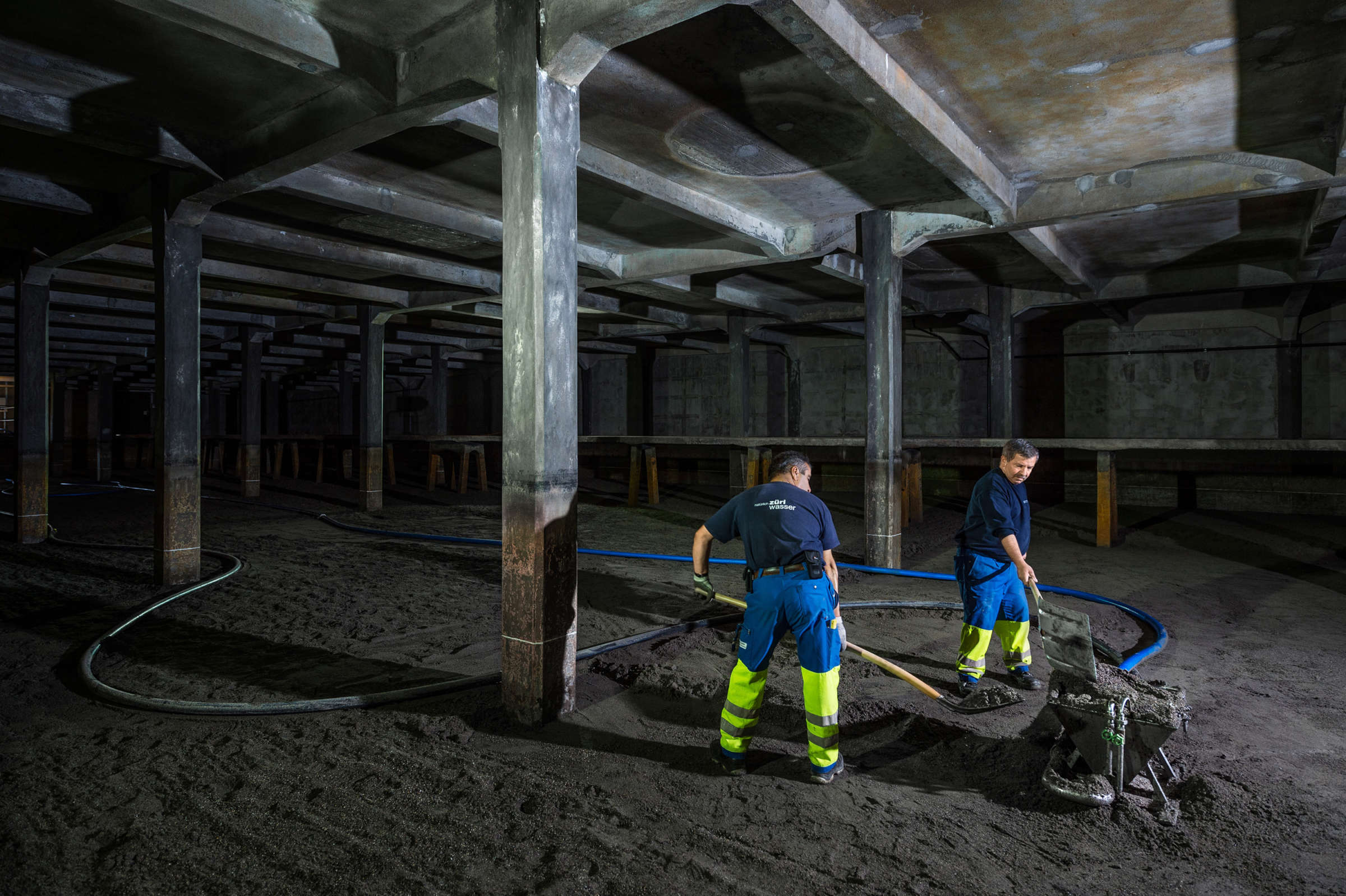For the last 15 years Meinrad Schade has been moving along the borders of conflicts. He is involved with the question as to what is visible beyond the epicenters of war. When does a war start, when is it finished? How far can its repercussions such as shock waves of a distant, but catastrophic earthquake be felt? How can you make out the preliminary waves to know for sure that tension will escalate and will explode in violence and displacement? And finally: What happens away from the actual zones of war?
His pictures do not inform us about the hot phases of a conflict, yet they talk about day-to-day reality which has become strange normality. They try to grasp how conflicts manifest themselves in landscape and architecture, in the souls of people and in their actions. He is occupied with the side shows of war and with all those «non-stories» which are as much part of the world as are the big events. For his project «War without war» Meinrad Schade has repeatedly visited various regions of the former Soviet Union, as well as England and France. From 2013 until 2017 he has regularly traveled to Israel and Palestine, regions which are virtually predestined for his project. He will continue with his search for conditions which correlate with his project «War without War». It might become his lifetime project.
Meinrad Schade
Photographer
Buhnrain 12
8052 Zürich
P +41 44 271 74 13
C +41 79 343 14 89
Agency
www.laif.de
- 2019
-
Solo exhibition “UNRESOLVED” at the Galerie für Fotografie (GAF) in Hannover
- 2018
-
Book “UNRESOLVED”, Scheidegger & Spiess. UNRESOLVED is the most recent photo-essay by renowned Swiss documentary photographer Meinrad Schade. A continuation of his War Without War project, in which Schade documented the lingering, damaging marks of war on the former Soviet Union, UNRESOLVED explores the obvious traces of conflict and the scars it leaves on both the people and landscapes in Israel, the West Bank, the Golan Heights, and the Gaza Strip.
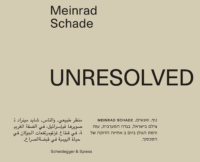
- 2017
-
Solo exhibition “Krieg ohne Krieg/War without War” at the Kunstraum Kreuzlingen
- 2015
-
Solo exhibition “Krieg ohne Krieg/War without War” at the Fotostiftung Schweiz in Winterthur
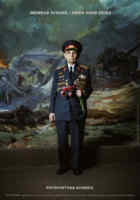
- 2015
-
Book “War without War – Photographs of the former Soviet Union”, Scheidegger & Spiess. Over ten years, Swiss photographer Meinrad Schade has recorded the precarious life oscillating between war and peace in parts of Russia, Chechnya and Ingushetia, in Kazakhstan, the Armenian Nagorno-Karabakh region, and in Ukraine. His portraits, still lifes, interiors, street scenes, and landscapes introduce the viewer to remote places and preliminary events. Schade’s images show the long-term effects of old conflicts on people.
Awarded with a silver medal at the Deutscher Fotobuchpreis
